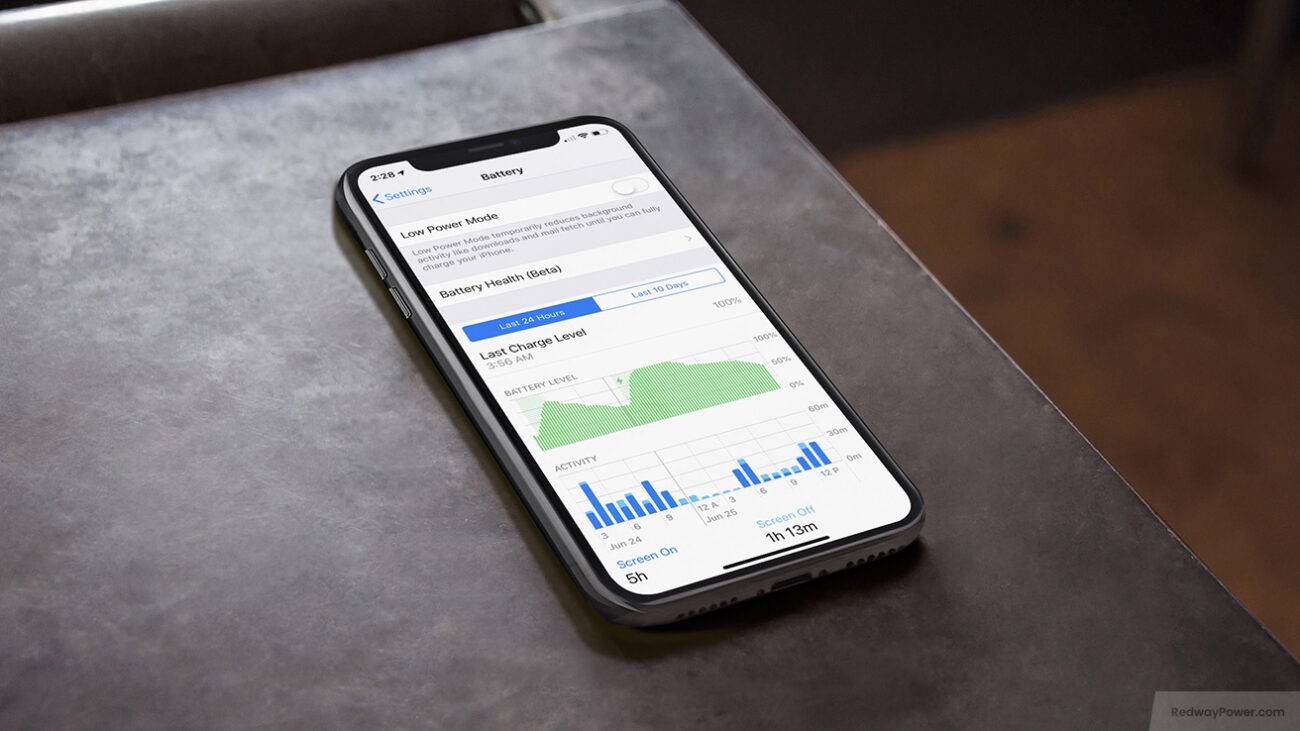Ensuring the health of your device’s battery is crucial for its longevity and smooth operation. Just like we prioritize our own well-being, it’s essential to regularly check our device’s power source to avoid unexpected shutdowns. In this blog post, we’ll discuss the importance of checking battery health, provide tips for manual assessment, and offer advice for maintaining optimal performance. Let’s dive into the world of batteries together!
Reasons to Check Lithium Battery Health
It’s crucial to check your lithium-ion battery’s health for optimal performance. Signs of trouble include quick discharges, physical damage like swelling or leaks, overheating, and inconsistent performance. You can generate a battery report on Windows 10 or 11 by using PowerShell or Terminal, respectively, helping you monitor battery health and prevent unexpected issues.
Here’s why it’s important to regularly check your battery’s health:
- Battery Lifespan: If your battery drains quickly or struggles to hold a charge, it could indicate deterioration in its health.
- Physical Damage: Look out for signs like swelling, leaks, or corrosion, which can indicate internal battery issues.
- Overheating: Excessive heat during charging or use can harm the battery’s health and lead to performance issues.
- Inconsistent Performance: If your battery’s performance fluctuates or devices powered by it behave erratically, it might be time to investigate further.
By monitoring these signs and generating battery reports using tools like PowerShell or Terminal, you can proactively manage your battery’s health and avoid unexpected problems. It’s essential to prioritize battery health to ensure your devices operate smoothly and efficiently.
Signs of a Failing Lithium Battery
Recognizing the signs of a failing battery is essential for preventing inconvenience and ensuring reliable performance. Here are some key indicators to watch out for:
- Decreased Performance: If your device or vehicle struggles to hold a charge or doesn’t last as long as before, it may be a sign of battery issues.
- Slow Charging: Noticeably longer charging times, even with the same charger and outlet, could indicate a declining battery capacity.
- Unusual Behavior: Sudden shutdowns or unexpected power loss are red flags that suggest an aging or faulty battery.
- Physical Damage: Swelling or leakage from the battery indicates a severe problem and should be addressed immediately for safety reasons.
By staying vigilant and recognizing these signs early on, you can take necessary actions to maintain your battery’s health and avoid potential disruptions.
Steps to Manually Check Lithium Battery Health
To manually check your battery’s health, follow these straightforward steps:
- Visual Inspection: Look for any physical damage, leaks, or corrosion on the battery. These signs can indicate underlying issues that need attention.
- Voltage Test: Use a multimeter to measure the battery’s voltage. A healthy battery should show around 12.6 volts when fully charged. Lower readings may signal a weak or failing battery.
- Load Test: Perform a load test to assess the battery’s performance under heavy usage conditions. Apply a load equivalent to half of the CCA rating for 15 seconds. If the voltage drops significantly, it may be time for a replacement.
Regularly conducting these checks helps ensure your battery is in good condition, reducing the risk of unexpected failures and extending its lifespan.
A. Tools Needed
To manually check your battery’s health, you’ll need some basic tools for safety and accuracy. Here’s what you’ll need:
- Safety gloves and goggles: Always prioritize safety when working with batteries to protect your hands and eyes.
- Voltmeter or multimeter: This tool accurately measures battery voltage to determine its charge level.
- Battery load tester: It assesses battery performance under stress by applying an electrical load.
- Cleaning supplies: Baking soda solution, a wire brush, and a clean cloth help clean corrosion on battery terminals, ensuring proper connectivity.
With these tools, you can effectively evaluate your car’s battery health and address any issues promptly.
B. Step 1: Visual Inspection
Visual inspection is a critical first step in checking your battery’s health as it helps identify potential issues or damage. Here’s how to perform a visual inspection:
- Check the battery casing for cracks, leaks, or bulges, which indicate internal damage and may require replacement.
- Inspect the terminals for corrosion, as it can affect electrical conductivity and reduce battery life.
- Look at electrolyte levels if accessible, as low levels suggest poor charging capability.
- Watch out for any unusual smells, particularly a strong sulfuric odor, which could indicate overheating or leakage.
While visual inspection provides valuable insights, it should be followed by voltage and load tests for a comprehensive assessment. Now, let’s move on to Step 2: Voltage Test!
C. Step 2: Voltage Test
Now that you’ve visually inspected your battery, it’s time for the voltage test, the second step in checking its health. Here’s how to conduct the voltage test:
- Set your multimeter to DC volts and connect its positive lead to the battery’s positive terminal and the negative lead to the negative terminal.
- Note the voltage reading, which should ideally fall between 12.4-12.7 volts for a fully charged battery.
- Consider factors like temperature and compare your reading to the ideal range. Low readings may indicate a battery not holding its charge effectively or other charging system issues.
Regular voltage tests help track your battery’s health and prevent unexpected breakdowns due to a depleted charge. Now, let’s move on to Step 3: Load Test!
D. Step 3: Load Test
Now, let’s proceed to the load test, the third step in assessing your battery’s health. Here’s how to conduct it:
- Connect the positive and negative leads of your battery tester or multimeter to the respective terminals on the battery.
- Set your tester to simulate a heavy electrical load and observe the voltage reading for about 15 seconds.
- If the voltage drops significantly below 12 volts, it suggests a weakening battery. However, if it remains steady above 12 volts, your battery is likely in good condition.
Ensure safety by wearing protective gear, such as gloves and eyewear, during the test. These steps will help you gain insights into your battery’s health and prevent unexpected breakdowns.
Maintaining Battery Health
Maintaining your battery’s health is essential for its longevity and efficiency. Here are simple steps to follow:
- Clean terminals regularly: Use a mixture of baking soda and water to scrub away corrosion, ensuring proper electrical flow.
- Minimize electrical usage: Avoid excessive use of features like air conditioning to prevent draining the battery.
- Invest in a quality charger/maintainer: These devices help maintain the battery’s charge level during periods of inactivity.
- Drive regularly: Take your vehicle for longer drives to allow the alternator to recharge the battery fully.
Incorporating these practices into your maintenance routine will extend your battery’s lifespan and reduce the risk of unexpected breakdowns.
When to Replace Your Battery
Understanding how to check your battery’s health manually is crucial for ensuring your devices and vehicles operate smoothly. Regular assessment helps prevent unexpected breakdowns and extends battery lifespan. In this guide, we’ll outline the reasons for checking battery health, discuss signs of a failing battery, and provide step-by-step instructions.
- Importance of Battery Health: Batteries degrade over time due to various factors, necessitating regular monitoring to catch issues early.
- Signs of a Failing Battery: Slow cranking, difficulty starting, dimming headlights, or electrical malfunctions signal potential battery problems.
- Manual Assessment Steps: Visual inspection, voltage testing, and load testing are essential for evaluating battery health. Wear safety gear and use appropriate tools for each step.



